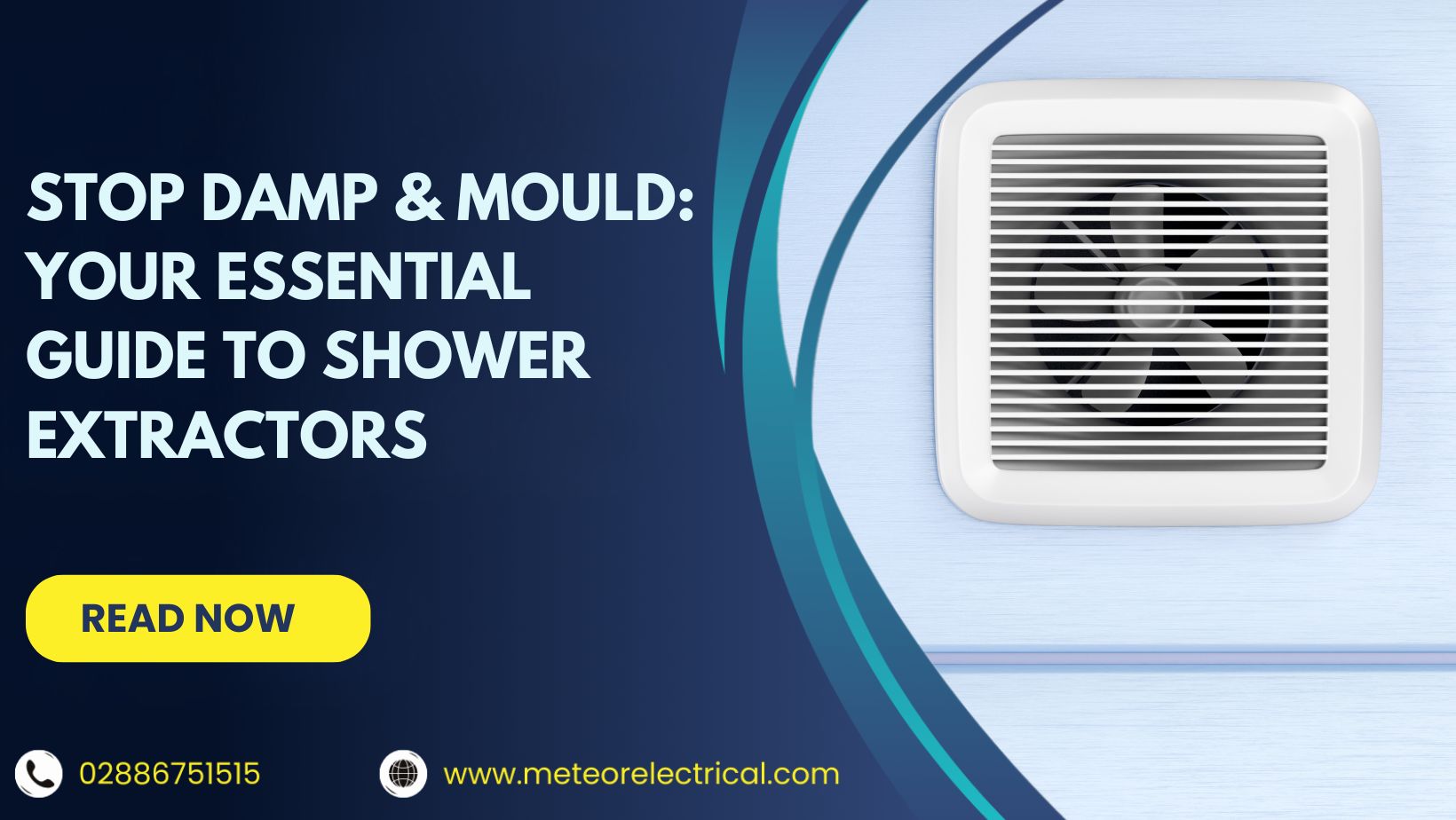Stop Damp & Mould: Your Essential Guide to Shower Extractors
Stop Damp & Mould: Your Essential Guide to Shower Extractors
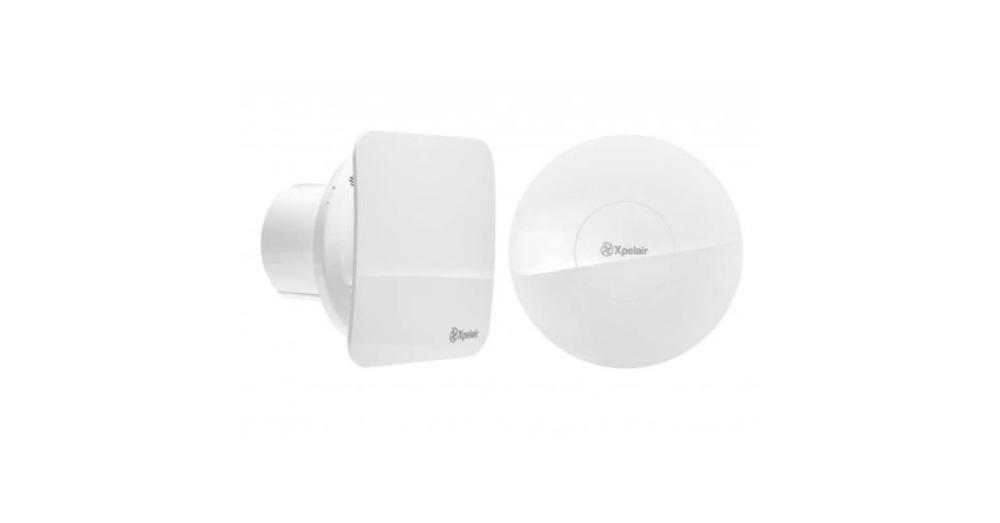
Steam and humidity turn bathrooms into breeding grounds for condensation and mould, which can damage finishes, weaken structures, and aggravate respiratory issues. A correctly specified shower extractor fan removes moist air before it condenses on cool surfaces, protecting both health and building fabric. As a useful benchmark, many UK guides cite 15 L/s minimum extract for domestic bathrooms, with higher rates for larger or high‑use rooms.
Bathroom zones and IP ratings then dictate safe siting and product selection. For health context on damp and mould, see UK government guidance on home moisture risks, and for ventilation fundamentals, consult recognised buyer and installer resources.
Why Are Shower Extractor Fans Important?
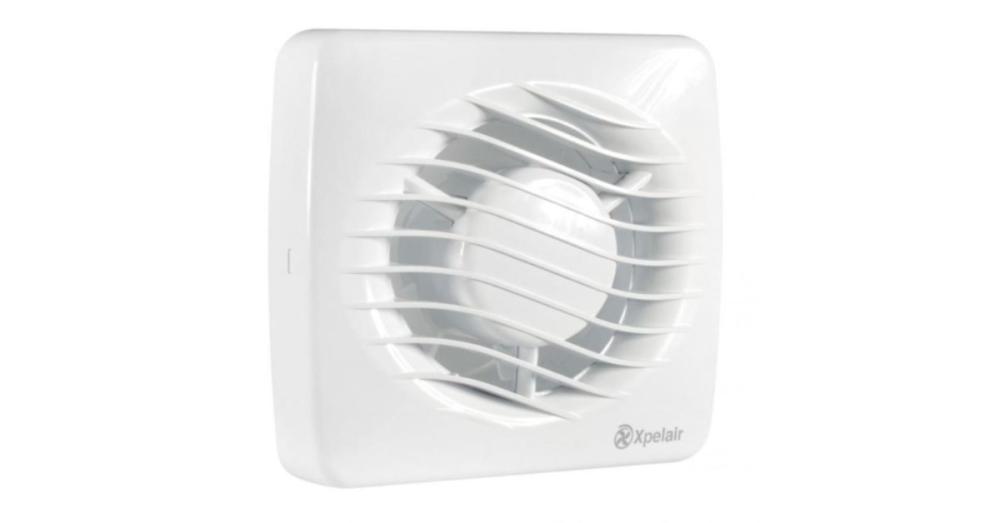
Showering produces intense humidity in a short burst. When that warm, moisture‑laden air hits cool walls, ceilings, and mirrors, it condenses into water droplets that feed mould, blister paint, swell timber, and cause musty odours. Fans remove steam at source, lowering relative humidity quickly so surfaces dry between uses. Good ventilation also reduces slip hazards from pooling condensation and keeps mirrors and glass clearer, improving everyday comfort and safety.
Source - This Old House
Extractor Fans Are The Best Solution
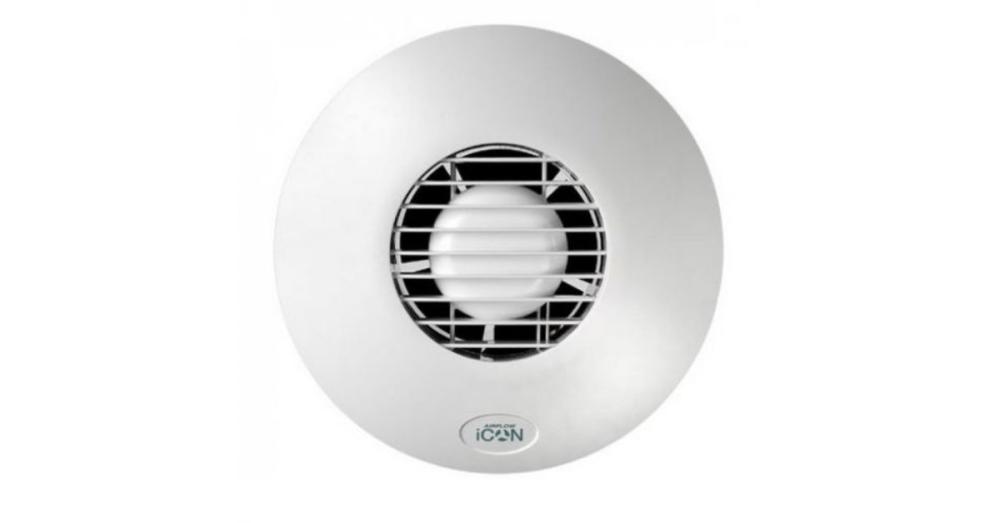
A bathroom fan pulls humid air through ducting to an external grille while drawing in drier make‑up air from adjacent spaces, restoring comfort soon after bathing. Intermittent fans around 15 L/s suit many homes; continuous fans can run quietly at lower rates to maintain background extraction in windowless spaces. Correct sizing and positioning (and sensible duct design) make the difference between a clear, fresh bathroom and one that struggles with lingering damp.
How Do Extractor Fans Work?
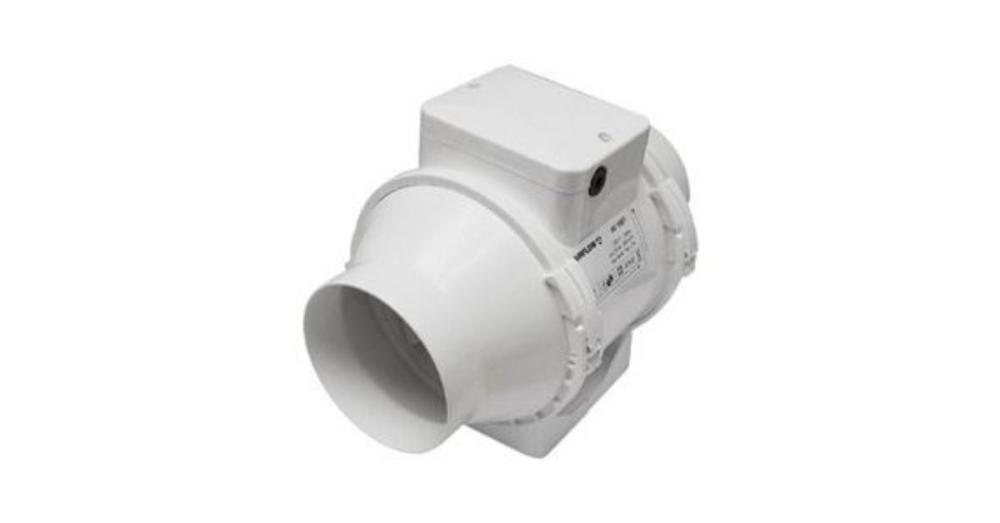
An extractor is a compact, efficient electric fan engineered for humid rooms. Domestic models typically consume well under 40 W while moving meaningful airflow for short run times; commercial variants handle higher duty cycles and longer ducts. Compare extraction rate (L/s or m³/h), sound pressure (dB), IP rating for moisture protection, and controls (timer, humidistat, pull‑cord, or remote switching). A quiet, zone‑appropriate unit with smart controls ensures the fan runs when needed without wasting energy.
Shower Extractor Fans
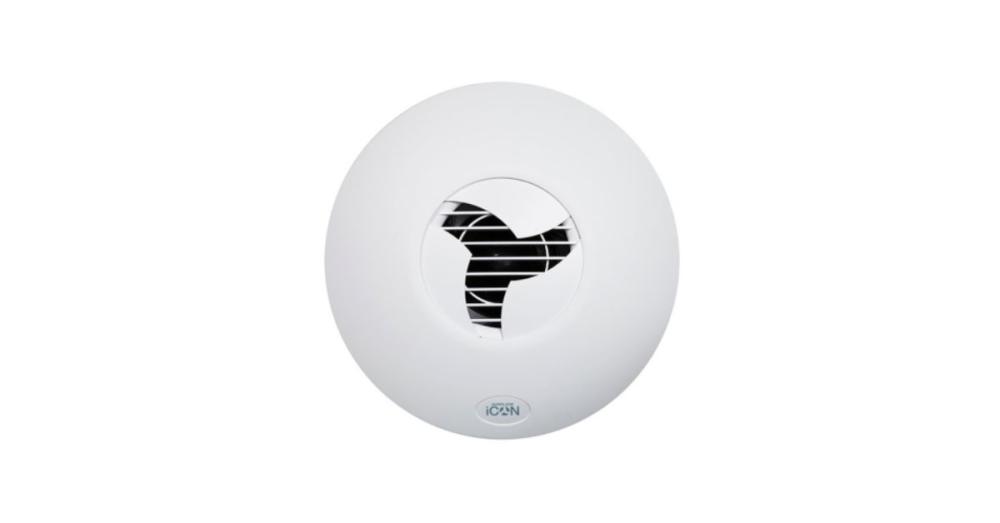
Among all rooms, shower enclosures produce the most intense moisture load, so a properly specified fan is essential—especially where there’s no openable window. As a rule of thumb, aim for at least 15 L/s in standard bathrooms; step up to 20–30 L/s for larger, frequently used rooms or long/complex duct runs. Look for an over‑run timer so ventilation continues for a set period after lights off, ensuring residual moisture clears before the fan stops.
What Are The Different Types of Shower Exhaust Fans?
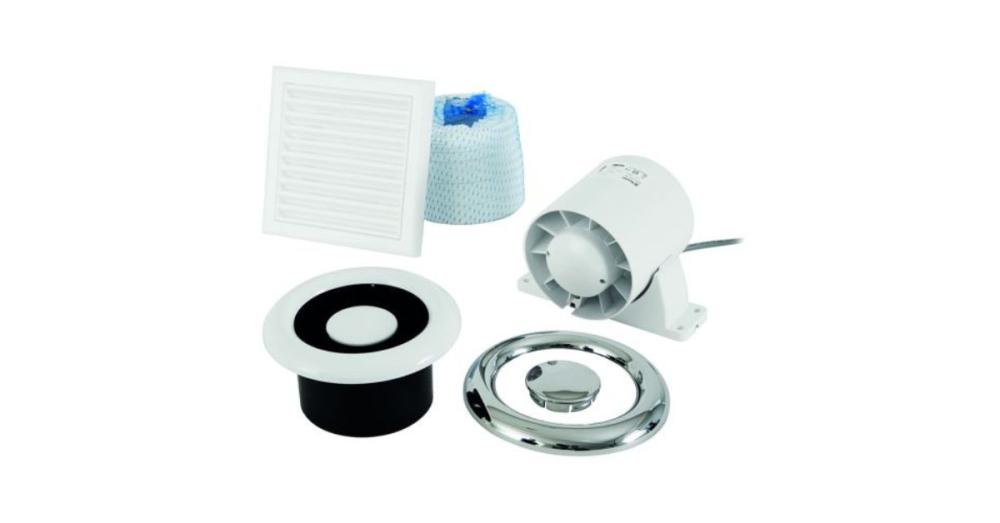
- Ceiling mount: Discreet and flexible, ducted via the loft/ceiling void to an external grille; supports longer duct runs with the right impeller and pressure capability.
- Wall mount: Ideal where ceiling access is limited; vents directly outside through the wall with minimal ducting.
- Inline: A remote fan in the loft/void plus a ceiling grille; excellent for very quiet operation and for longer ducts, well‑suited to over‑shower extraction when paired with the right grille.
- Window mount: Sited within glazed panels; practical in some retrofits but less popular thermally and aesthetically.
How To Choose The Right Shower Extractor Fan?
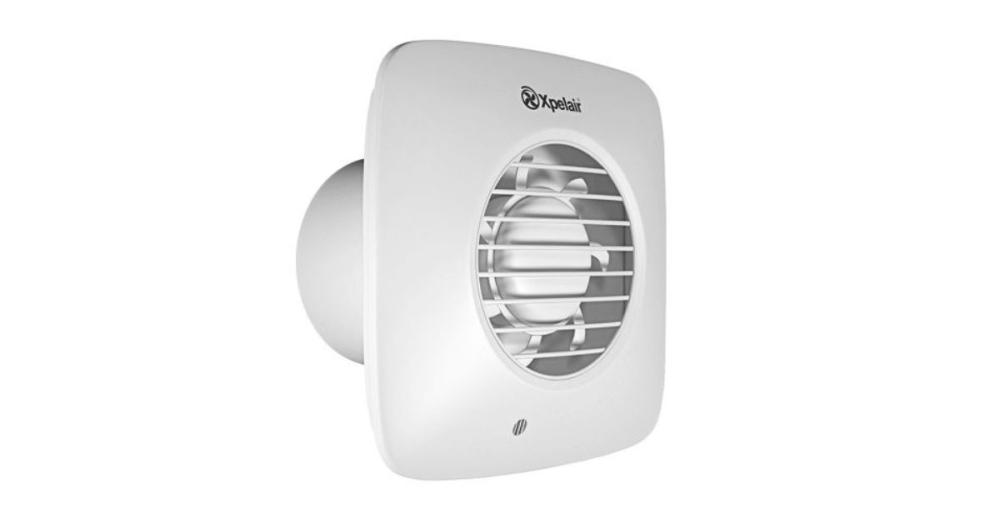
Install According To Bathroom Zones
Bathrooms are divided into zones based on proximity to water, which determine IP rating and voltage type:
- Zone 0 (inside bath/shower): fans are not typically installed here.
- Zone 1 (above bath/shower up to 2.25 m): use at least IPX4 (often IPX5 in practice). SELV (12 V) is common; put the transformer outside the zones.
- Zone 2 (0.6 m beyond Zone 1, up to 2.25 m): minimum IPX4; ensure RCD protection on mains‑voltage circuits.
- Outside zones: fewer restrictions, but good practice still applies.
Always follow local regulations, provide RCD protection where required, and site SELV transformers beyond Zones 0–2. For accessible overviews, see bathroom zone/IP rating guides from reputable safety and trade sources.
Check The Air Exchange Rate
Extraction rate shows how much air the fan removes. For intermittent extract in domestic bathrooms, a minimum 15 L/s is a widely used benchmark; larger rooms or high‑use family bathrooms may need 20–30 L/s. Continuous running fans ventilate effectively at lower rates because they operate all day. If the duct run is long or includes bends, upsize the fan or select an inline/centrifugal model that maintains airflow under pressure.
Consider A Heat Recovery Option
Decentralised single‑room heat recovery units reclaim warmth from extracted air through a small heat exchanger, tempering incoming air. They improve comfort in colder months and cut energy loss, provided filters are maintained and airflow path is sensible.
Size Consideration For Shower Extractor Fans
“Size” typically refers to duct/impeller diameter:
- 4" (100 mm): Small rooms, en‑suites, WC/shower rooms; often 15–23 L/s depending on model and ducting.
- 6" (150 mm): Medium bathrooms, higher moisture, or longer duct runs; generally quieter at higher flow.
- 9–12": Larger commercial/communal areas.
In most domestic shower rooms, 4–6" covers the need—match to room volume, usage, and duct complexity.
Extra Features to Look For In Shower Extractor Fans
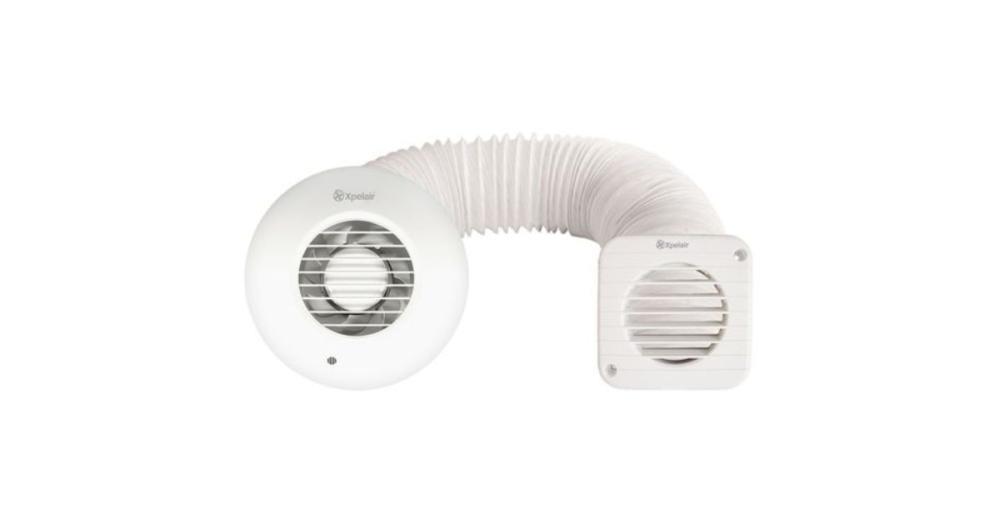
- Run‑On Timer: Keeps the fan running 5–30 minutes after switch‑off so residual humidity is cleared—vital in rooms with no openable window or where timed over‑run is expected by local rules.
- Trickle Ventilation: Provides a constant, low background extract and boosts on demand to prevent stale air and persistent condensation in windowless or poorly ventilated bathrooms.
- Silent Running: Low‑noise fans improve comfort near bedrooms. Compare dB ratings at the stated extraction rate (e.g., 15 L/s), not just at “low speed.” Inline fans are often quietest because the motor is remote.
- Safety Extra Low Voltage (SELV): SELV fans (12 V) with a transformer located outside wet zones make Zone 1 placement above a shower simpler and safer when combined with an appropriate IP rating.
What Are The Best Shower Extractor Fans?
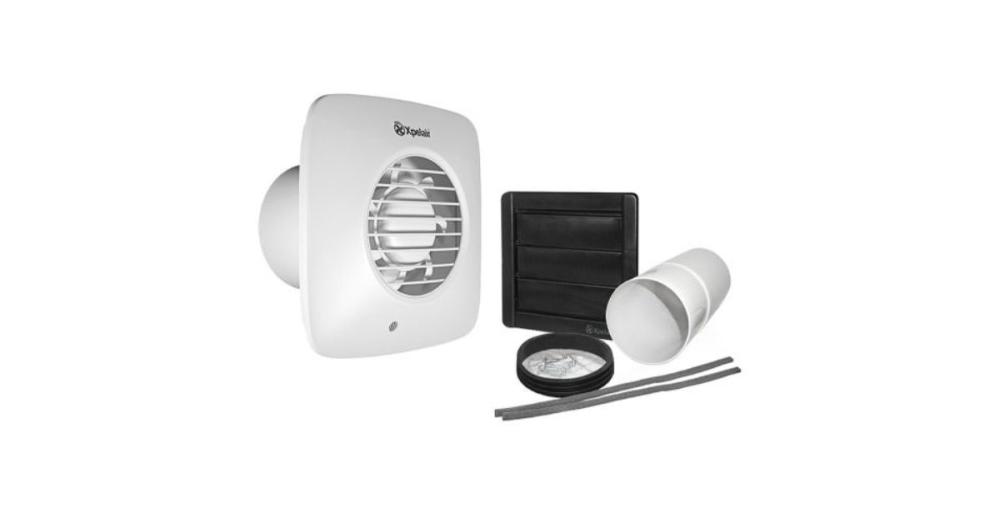
- Xpelair Simply Silent Shower Extractor Fan: Ceiling‑integrated kit with flexible duct and an external grille. Quiet by design with an integral timer to keep moisture moving after lights off.
- Xpelair Simply Silent Extractor Fan: Compact wall/ceiling fan with adjustable over‑run timer (seconds to 30 minutes) and 15/21 L/s variants for efficient everyday performance.
- Airflow iCon 30 Extractor Fan: Higher extraction (around 32 L/s) for bigger bathrooms, featuring an automatic iris shutter and quiet operation.
Practical Installation Tips
- Site the intake across from the door so make‑up air sweeps steam toward the grille.
- Keep ducting short and straight; seal joints well and favour rigid duct where possible.
- Fit an anti‑backdraft shutter to prevent cold draughts when the fan is off.
- Insulate ducting in unheated lofts to prevent internal condensation.
- Provide a 3‑pole isolator outside the bathroom for safe maintenance.
- Commission the timer/humidistat so the fan runs long enough to clear steam after showers.
- Ensure circuits have RCD protection and the fan’s IP rating suits the zone.
Source - The Home Depot
Conclusion
Moisture is relentless in shower rooms, but the right extractor fan makes short work of steam, protects finishes and structure, and keeps air healthier. Specify to the space: match airflow to room size and usage, respect zones and IP/SELV requirements, and choose features like timers, trickle, or humidistats for set‑and‑forget performance. If ducts are long or ultra‑quiet operation is critical, an inline extractor fan for long duct runs excels. For direct over‑shower placement in Zone 1, an IP65 shower extractor fan for zone 1 or SELV bathroom fan for shower zone delivers peace of mind. To cut fogging and night‑time noise, a best silent bathroom extractor fan UK with anti‑backdraft shutter is a smart upgrade.
Ready to banish condensation and mould for good? Find zone‑rated, low‑noise, and energy‑efficient bathroom fans—plus ducting, grilles, isolators, and controls—at Meteor Electrical.
Explore trusted brands, compare airflow and dB ratings, and order with confidence today.
Frequently Asked Questions
1. What extraction rate do I need for a bathroom?
For intermittent extract, target at least 15 L/s in standard domestic bathrooms; larger or high‑use rooms, or long duct runs, may need 20–30 L/s or an inline/centrifugal fan.
2. Which fan is quietest for a shower room?
Inline fans, with the motor located in the loft/void, are typically quietest at a given airflow. Compare dB ratings at the stated L/s for a fair assessment.
3. What IP rating is required in Zone 1?
At least IPX4 is commonly used, with many specifiers preferring IPX5; SELV 12 V with the transformer outside wet zones adds extra safety for over‑shower placement.
4. Do I need a fan with a timer or humidistat?
A bathroom extractor fan with timer and humidistat automates run‑time and moisture control, ensuring steam clears fully without manual switching.
5. When should I choose a 6" fan over a 4"?
Use 6" in medium/large bathrooms, for frequent use, or with longer/complex duct runs. It maintains higher flow with less noise and backpressure.
6. Can I fit a fan directly above a shower?
Yes—choose an IP65 shower extractor fan for zone 1 or a SELV bathroom fan for shower zone, site the transformer outside the zones, and ensure RCD protection.
7. How do I stop cold draughts when the fan is off?
Fit an anti‑backdraft shutter and use an efficient external grille. Insulate ducting in cold lofts to prevent condensation and heat loss.

